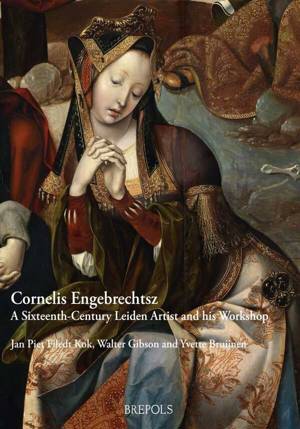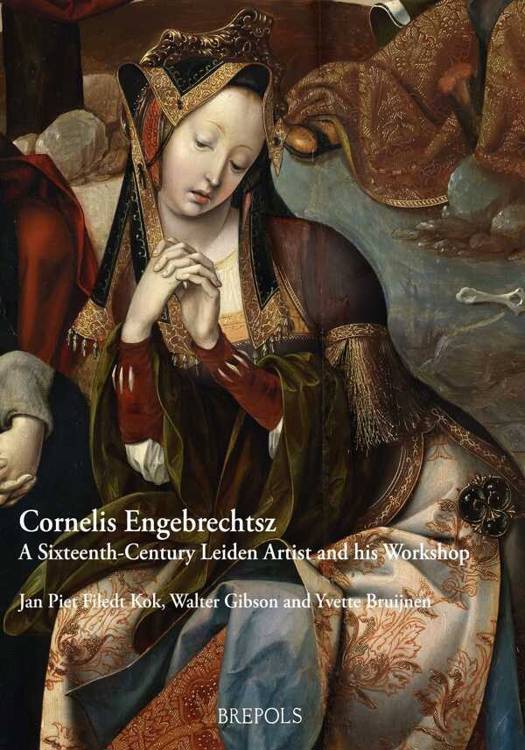
- Afhalen na 1 uur in een winkel met voorraad
- Gratis thuislevering in België vanaf € 30
- Ruim aanbod met 7 miljoen producten
- Afhalen na 1 uur in een winkel met voorraad
- Gratis thuislevering in België vanaf € 30
- Ruim aanbod met 7 miljoen producten
Zoeken
€ 169,60
+ 339 punten
Omschrijving
Cornelis Engebrechtsz (c. 1460/62-1527) was the first major Leiden painter to whom works can be attributed with certainty. They include a Lamentation Triptych from c. 1508 and a Crucifixion Triptych that was probably executed a decade later, both of which were made for the Marienpoel Convent near Leiden and are now in Museum De Lakenhal in Leiden. These monumental triptychs display the influence of the dynamic style and palette of the Antwerp Mannerists, including splendid gold brocades. On the basis of the documented works by Engebrechtsz, no more than a dozen paintings and some fragments can be attributed to him personally, but many more can be connected to his workshop, which specialized in devotional works. Engebrechtsz's pupils included his three sons Pieter (c. 1490-1560/61), Cornelis (c. 1493-1546) and Lucas (c. 1495-before July 1552). Although they must have played an important role in the workshop, it has so far proved difficult to associate specific paintings with them. Taking Walter Gibson's 1977 dissertation on Engebrechtsz and his workshop as its point of departure, the present volume also draws upon the subsequent technical investigation of many of the paintings. The spectacular underdrawings revealed with infrared reflectography has given better insight into the working methods of the artist and his workshop. Moreover, the study of the gold-brocaded velvets by Esther van Duijn clarifies his use of a variety of patterns, while Peter Klein's dendrochronological examination of the panels helps determine a chronology of the oeuvre. All this makes it possible to characterize more clearly Engebrechtsz's stylistic development, his workshop production and the different hands involved. The new findings are presented in different chapters, which are complemented by a complete catalogue of the paintings and drawings by Engebrechtsz and his workshop. In addition, a complete survey of the monogrammed and/or dated drawings by Pieter Cornelisz, Engebrechtsz's eldest son, is presented here for the first time, providing a firmer basis for the attribution of some paintings to him. Finally, the present volume is enhanced by documented biographies of Cornelis Engebrechtsz and his sons Pieter, Cornelis and Lucas. The known archival documents are complemented by an abundance of unpublished documents, richly enhancing our knowledge of the lives, careers and personalities of this family of artists.
Specificaties
Betrokkenen
- Auteur(s):
- Uitgeverij:
Inhoud
- Aantal bladzijden:
- 316
- Taal:
- Engels
Eigenschappen
- Productcode (EAN):
- 9782503542232
- Verschijningsdatum:
- 22/04/2014
- Uitvoering:
- Hardcover
- Formaat:
- Genaaid
- Afmetingen:
- 218 mm x 302 mm
- Gewicht:
- 1696 g

Alleen bij Standaard Boekhandel
+ 339 punten op je klantenkaart van Standaard Boekhandel
Beoordelingen
We publiceren alleen reviews die voldoen aan de voorwaarden voor reviews. Bekijk onze voorwaarden voor reviews.











